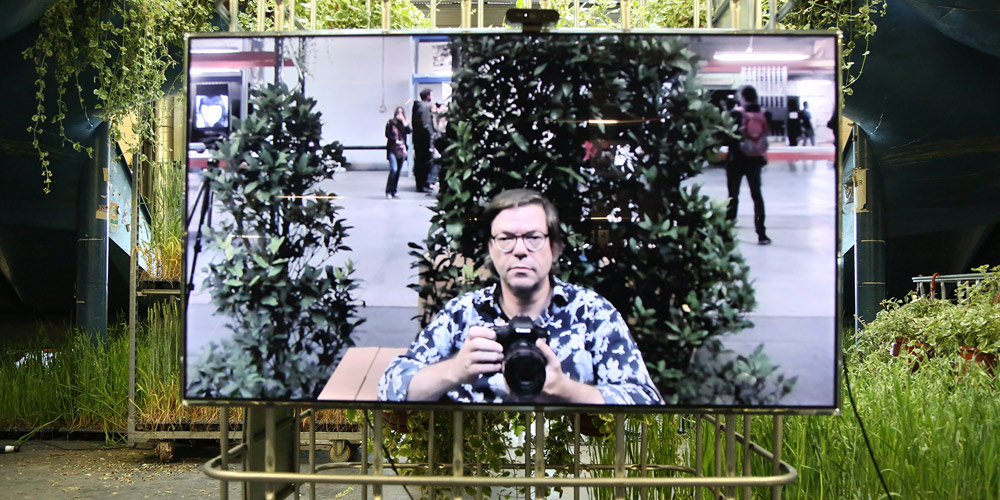
Lohner Stringer (DE/US)
The Digital Mirror allows you to see yourself the way everybody else sees you, but how you never see yourself.
As you look into a natural mirror you see yourself the way nobody else sees you since the reflection mirrors your image. However, as anyone else looks at you, they see you 180 degrees reversed. In other words, as you raise your hand to greet your counterpart, your right hand appears on your counterpart’s left view-side, but when your raise your right hand to a mirror, it appears on the same right side. Any counterpart will not ever see you this way, but always “reversed” to your own view.
The Digital Mirror allows you now to see yourself the same way your counterpart sees you by reversing the sides of the natural mirror to see you like your counterpart does.
The Digital Mirror draws on the notion of the found object, first instigated by Marcel Duchamp, whereby the object is created and exists entirely on its own without the artist’s force, displaying everything as art that the artist himself did not physically make. John Cage transported this notion into the realm of sound, when he published “4.33”, the “silent piece”, in which the music is actually all the sounds we don’t make ourselves. Gerhard Richter transported this notion into the world of visual arts when he issued a natural mirror as a picture on the wall, thereby making a picture image that shows everything the picture itself is not. Our Digital Mirror now proclaims the effort to transport this notion into the realm of the moving image by showing the viewer himself and his surroundings the way he cannot ever see himself, from the view-point of his counterpart.
Credits
Created by Henning Lohner & Nick Stringer, powered by The Active Image Company & exozet

